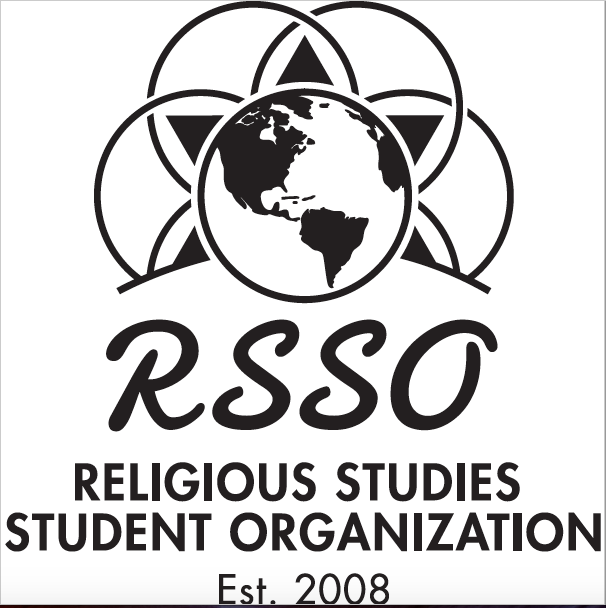Location
Dining Room
Start Date
14-4-2018 9:45 AM
End Date
18-4-2018 10:44 AM
Abstract
Throughout most of the 4th century AD, the Christian church struggled with the Arian controversy. It was during this century that the traditional Christian understanding of the dogma of the Trinity was defended by being formulated and articulated more clearly than in centuries past. While Athanasius the great did much to combat and refute Arianism, it was the Cappadocian Fathers who struck the death blow to Arianism and its sundry variations. One of their greatest achievements was their lucid and explicit distinction between the concepts of person and nature. Besides this distinction being directed against Arianism, the Cappadocians also used it to combat the heresy of Modalism which had emerged in the previous centuries. Throughout most of the 4th century AD, the Christian church struggled with the Arian controversy. It was during this century that the traditional Christian understanding of the dogma of the Trinity was defended by being formulated and articulated more clearly than in centuries past. While Athanasius the great did much to combat and refute Arianism, it was the Cappadocian Fathers who struck the death blow to Arianism and its sundry variations. One of their greatest achievements was their lucid and explicit distinction between the concepts of person and nature. Besides this distinction being directed against Arianism, the Cappadocians also used it to combat the heresy of Modalism which had emerged in the previous centuries.By drawing on the Cappadocian Fathers, other writers of the period, and the necessary secondary sources, I will demonstrate that the root of Modalism and Arianism is a confusion between the notions of person and nature; and therefore, a distinct between the two excludes mingling the persons (Modalism) or dividing their bond of unity (Arianism), but instead balances between the oneness and multiplicity in God.
The Cappadocian Distinction Between Person and Nature and Its Importance for Trinitarian Theology
Dining Room
Throughout most of the 4th century AD, the Christian church struggled with the Arian controversy. It was during this century that the traditional Christian understanding of the dogma of the Trinity was defended by being formulated and articulated more clearly than in centuries past. While Athanasius the great did much to combat and refute Arianism, it was the Cappadocian Fathers who struck the death blow to Arianism and its sundry variations. One of their greatest achievements was their lucid and explicit distinction between the concepts of person and nature. Besides this distinction being directed against Arianism, the Cappadocians also used it to combat the heresy of Modalism which had emerged in the previous centuries. Throughout most of the 4th century AD, the Christian church struggled with the Arian controversy. It was during this century that the traditional Christian understanding of the dogma of the Trinity was defended by being formulated and articulated more clearly than in centuries past. While Athanasius the great did much to combat and refute Arianism, it was the Cappadocian Fathers who struck the death blow to Arianism and its sundry variations. One of their greatest achievements was their lucid and explicit distinction between the concepts of person and nature. Besides this distinction being directed against Arianism, the Cappadocians also used it to combat the heresy of Modalism which had emerged in the previous centuries.By drawing on the Cappadocian Fathers, other writers of the period, and the necessary secondary sources, I will demonstrate that the root of Modalism and Arianism is a confusion between the notions of person and nature; and therefore, a distinct between the two excludes mingling the persons (Modalism) or dividing their bond of unity (Arianism), but instead balances between the oneness and multiplicity in God.

